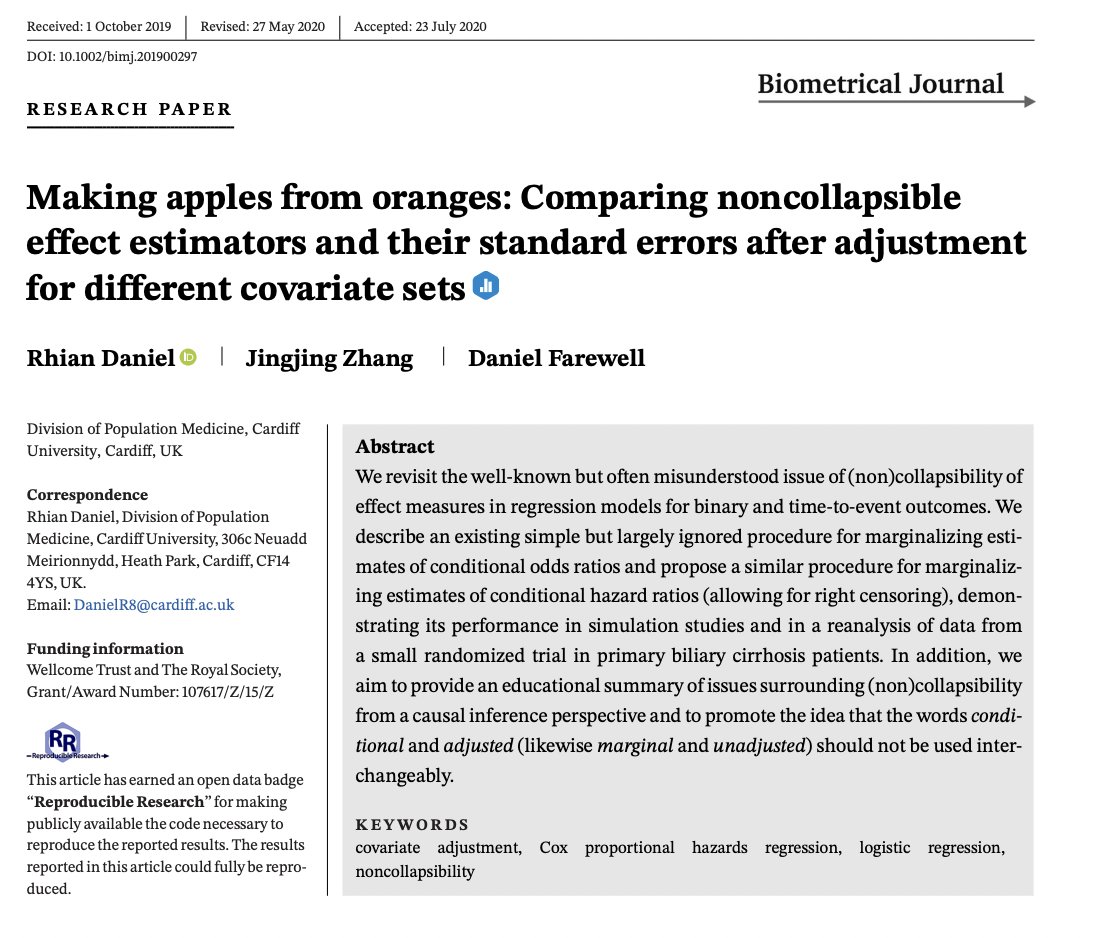Statistical terms: what they really mean
Multicolinearity— they all look the same
Heteroscedasticity— the variation varies
Attenuation— being too modest
Overfitting— too good to be true
Confounding— nothing is what it seems
P-value— it’s complicated
Multicolinearity— they all look the same
Heteroscedasticity— the variation varies
Attenuation— being too modest
Overfitting— too good to be true
Confounding— nothing is what it seems
P-value— it’s complicated
Sensitivity analysis— tried a bunch of stuff
Post-hoc— main analysis not sexy enough
Multivariate— oops, meant to say multivariable
Normality— a very rare shape for data
Dichotomized— data was tortured
Extrapolation— just guessing
Post-hoc— main analysis not sexy enough
Multivariate— oops, meant to say multivariable
Normality— a very rare shape for data
Dichotomized— data was tortured
Extrapolation— just guessing
Linear regression— line through data points
t-test— linear regression
correlation— linear regression
ANOVA— linear regression
ANCOVA— linear regression
Chi-square test— logistic regression
Deep learning— bunch of regressions
t-test— linear regression
correlation— linear regression
ANOVA— linear regression
ANCOVA— linear regression
Chi-square test— logistic regression
Deep learning— bunch of regressions
Advanced stuff:
Non-convergence— computer says no
Heywood case— science fiction
Bootstrap standard errors— could not do the math
Robust standard errors— pretending to be cautious
Shrinkage— regularization
Regularization— couldn’t get large enough dataset
Non-convergence— computer says no
Heywood case— science fiction
Bootstrap standard errors— could not do the math
Robust standard errors— pretending to be cautious
Shrinkage— regularization
Regularization— couldn’t get large enough dataset
Validated— we did a test (it might have failed)
Interaction— the variation varies
Heterogeneity— the variation varies
Risk factor— observed a correlation
Meta-analysis— calculated a weighted average
Collider— mass murderer of interpretable statistical analyses
Interaction— the variation varies
Heterogeneity— the variation varies
Risk factor— observed a correlation
Meta-analysis— calculated a weighted average
Collider— mass murderer of interpretable statistical analyses
Power calculation— effect size that matched budget
Exploratory— playing around
Replicated— did it again
Missing data— holes in the dataset
Measurement error— observe A, make conclusions about B
Stepwise regression— no idea what I am doing
Exploratory— playing around
Replicated— did it again
Missing data— holes in the dataset
Measurement error— observe A, make conclusions about B
Stepwise regression— no idea what I am doing
• • •
Missing some Tweet in this thread? You can try to
force a refresh












